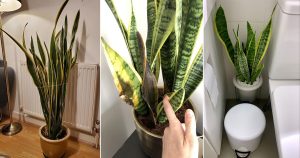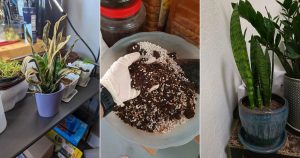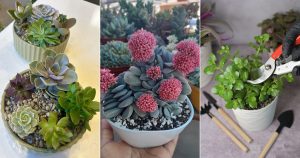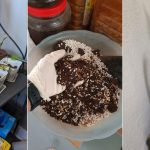Love growing and propagating succulents? You must know why people are using cinnamon on succulent cuts. Here’s what it does!
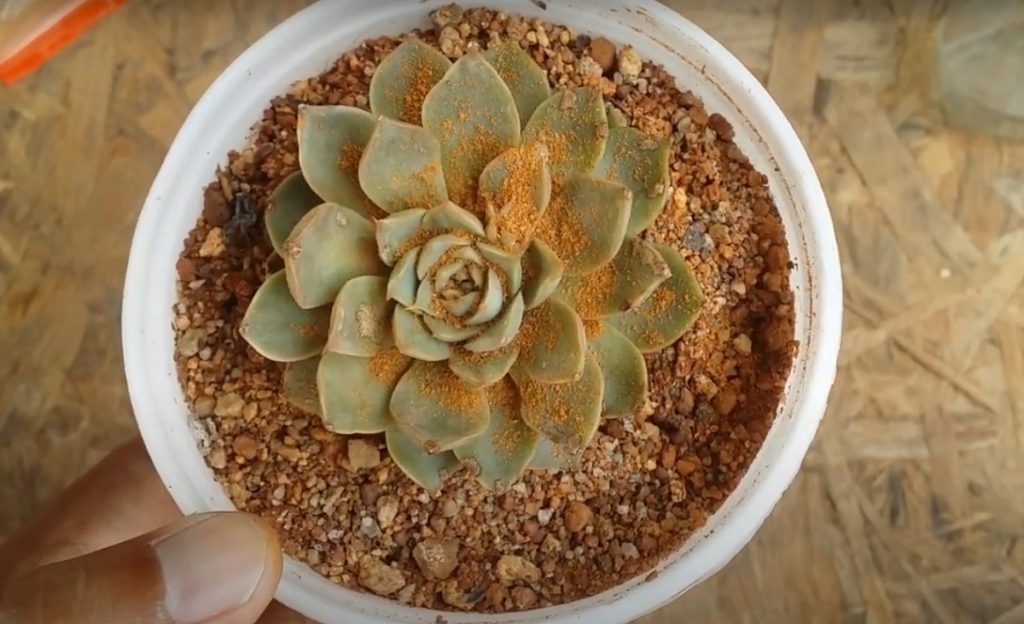
Whether you’re a succulent lover or just brought one home, you’ve probably thought about propagation. While tools and techniques matter, so do the materials—and that’s where cinnamon comes in. But how exactly is cinnamon used on succulent cuts, and what does it do? Let’s break it down!
Benefits and Uses of Cinnamon for Succulents

1. Antifungal & Antibacterial Properties
Cinnamon is a powerhouse when it comes to stopping fungal and bacterial growth. Rich in cinnamaldehyde, it naturally fights off microbial pathogens. Succulents—especially soft-leaved ones like those in the Crassulaceae family—are often prone to rot in humid, overwatered conditions.
A simple sprinkle of cinnamon powder over the soil can help keep fungal spores from developing. You can even lightly mist the leaves with water mixed with a pinch of cinnamon to create a protective barrier.
Just don’t overdo it! And never apply it to wet leaves—moisture mixed with cinnamon can irritate soft plant tissues.
2. Heals Plant Wounds
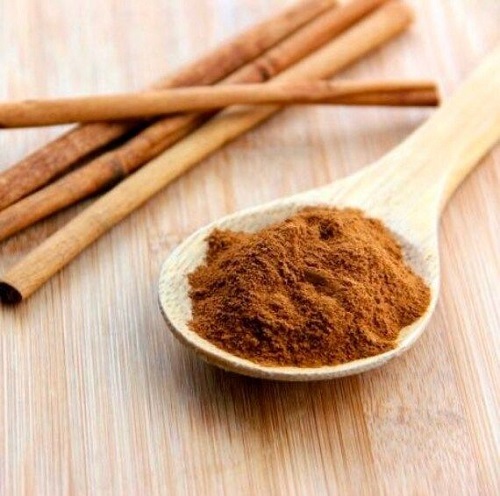
So you have been trimming or deadheading your succulents as per routine, and somehow you got a little too excited and nicked parts of your succulent.
Now, whether or not your pruning shears were squeaky clean and sterilized (they should always be!), you wouldn’t want to keep the wounds open. Open wounds often take forever to heal and even put the succulents at risk of dangerous infections.
Plus, leaving open wounds will also make it harder for your plants to bounce back with newer growth. To overcome all of these problems, apply cinnamon powder to cuts on succulents every time!
Cinnamon, with its powerful properties, also prevents rot in broken or accidentally damaged leaves and speeds up recovery. Think of it as a natural ‘bandage’ that also disinfects. It’s quick, easy, and you don’t even need gloves.
3. Acts As a Rooting Aid

So, we have established that cinnamon powder is quite the magic solution for succulent wounds. But did you know that it is the panacea for your propagation problems, too?
Confused? We were, too! But using cinnamon on the ends of succulent cuttings can actually make them root faster. All you have to do is dip the cut ends in a shallow bowl full of cinnamon powder, and voila, you have a homemade rooting hormone! The bonus point? It even protects against microbial infections.
Note: Always let cuttings “callus” or dry over for a couple of days before planting them. This step, along with cinnamon, will boost the chances of propagation success!
While cinnamon works well, don’t expect miracle results overnight. It’s a natural aid, not a synthetic rooting hormone. Roots may still take a couple of weeks to show up depending on the variety and climate.
4. Helps Prevent Root Rot
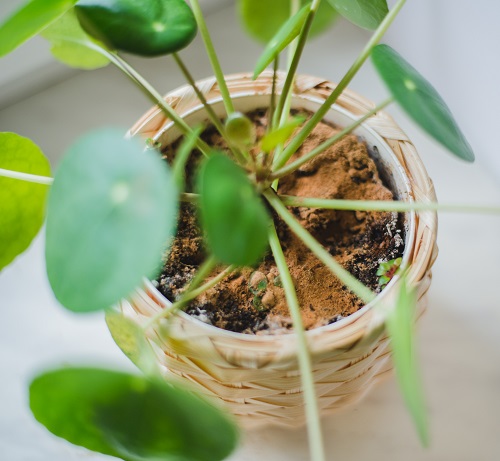
Cinnamon can save your succulents from mild root rot—just sprinkle it on the soil. Its antifungal nature slows the spread of rot while protecting nearby roots.
But remember, this is a short-term fix. You’ll still need to remove rotten roots and repot in a well-draining mix. Think chunky, airy soil.
Also, reduce watering while using cinnamon as a root rot fix. Damp soil mixed with cinnamon might create more dryness than needed. Let the roots breathe!
5. Helps Keep Ants At Bay
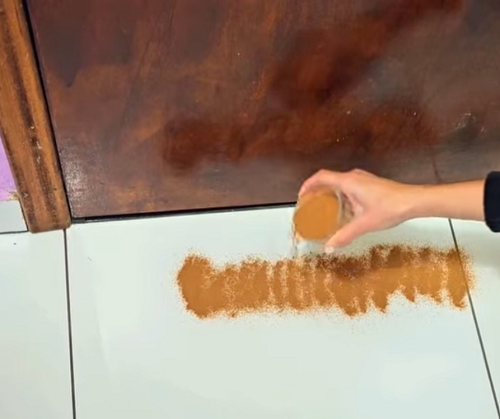
Been noticing pesky ants all over your beautiful succulents? This might be a common occurrence in succulents like Bear Paw. And if you have already seen ants, there is a good chance you might find aphids or mealybugs having the time of their lives, too.
After all, ants and these pests have a symbiotic relationship (they feed on the honeydew produced by mealybugs). The fix is simple. Ants hate cinnamon, so all you have to do is sprinkle cinnamon all over the soil, pots, garden beds, or even in your greenhouse.
Cinnamon powder is a great deterrent without killing them. This is why you will often see people sprinkle lines of cinnamon in front of their doors or windows to keep away ants.
Bonus Tip: Reapply every few days or after watering, as the scent fades over time.
How Often Should You Use Cinnamon on Succulents?
It’s best to use cinnamon occasionally—not as a daily routine. Stick to using it during propagation, right after pruning, or when you see signs of rot or pests. Overuse can throw off your plant’s natural balance.
Risks of Overusing Cinnamon for Succulents
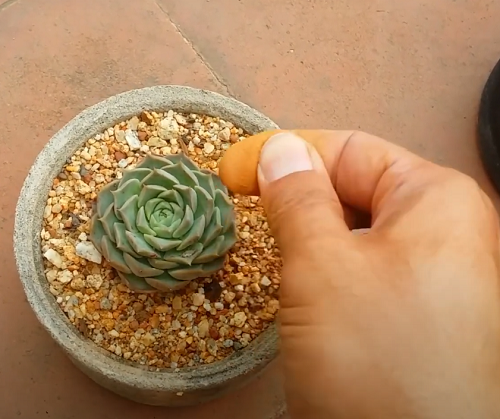
It may be natural, but too much cinnamon can backfire. Overuse—especially on leaves—can cause dryness by pulling out moisture from plant tissue.
You should only use a small amount every time so the cons don’t outweigh the pros or lead to any side effects.
Plus, you should remember that just applying the powder without taking care of your succulents’ basic needs will not work. Always ensure the lighting, watering, and soil conditions are ideal to maintain the good health of your succulents in the long run.
Fun Fact: Cinnamon has been used in traditional medicine for thousands of years—but who knew it would become such a hit in the plant world, too? From kitchens to gardens, it’s found a second life!
There’s no such thing as a miracle cure, but this natural alternative to chemical-filled plant care can truly save your succulents. Try it out if your succulents ever get a cut, and tell us how it works for you in the comments below.

